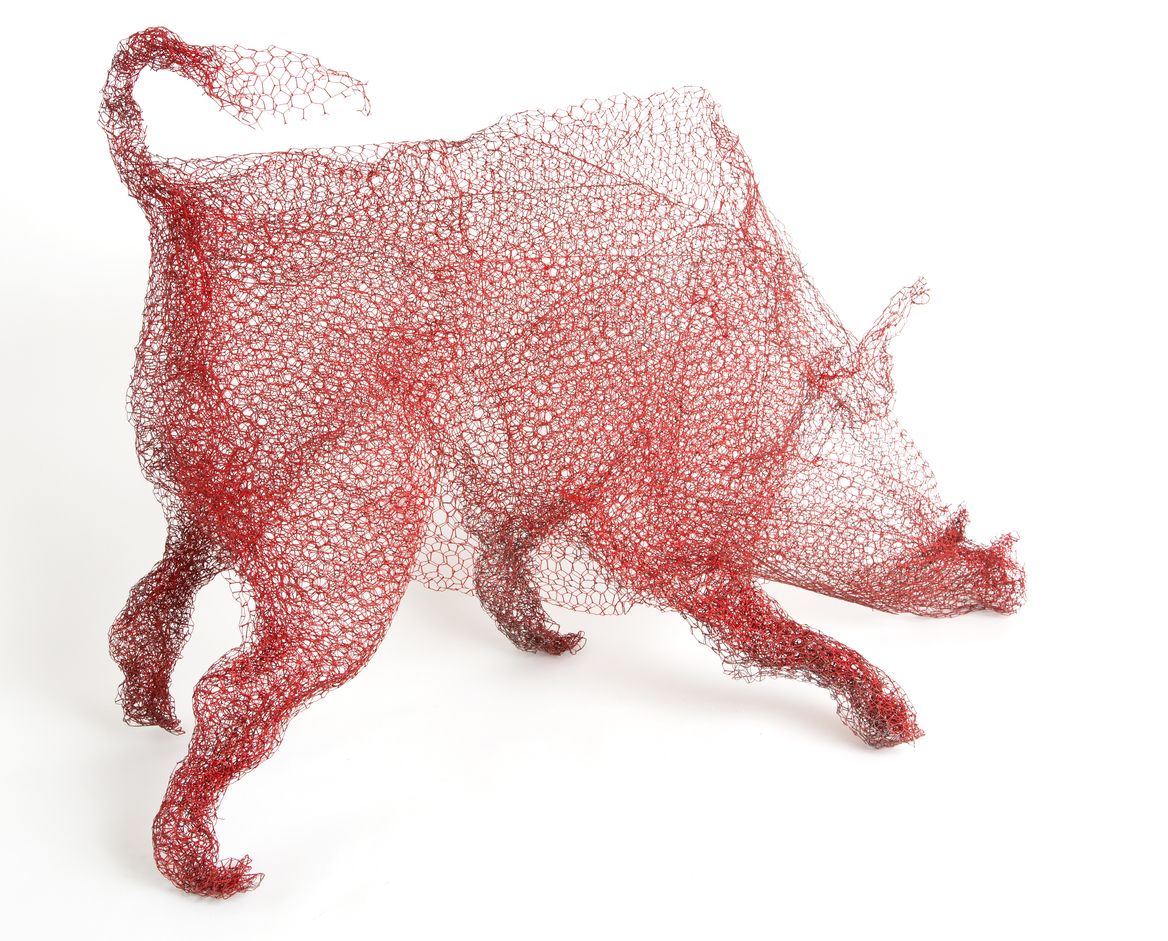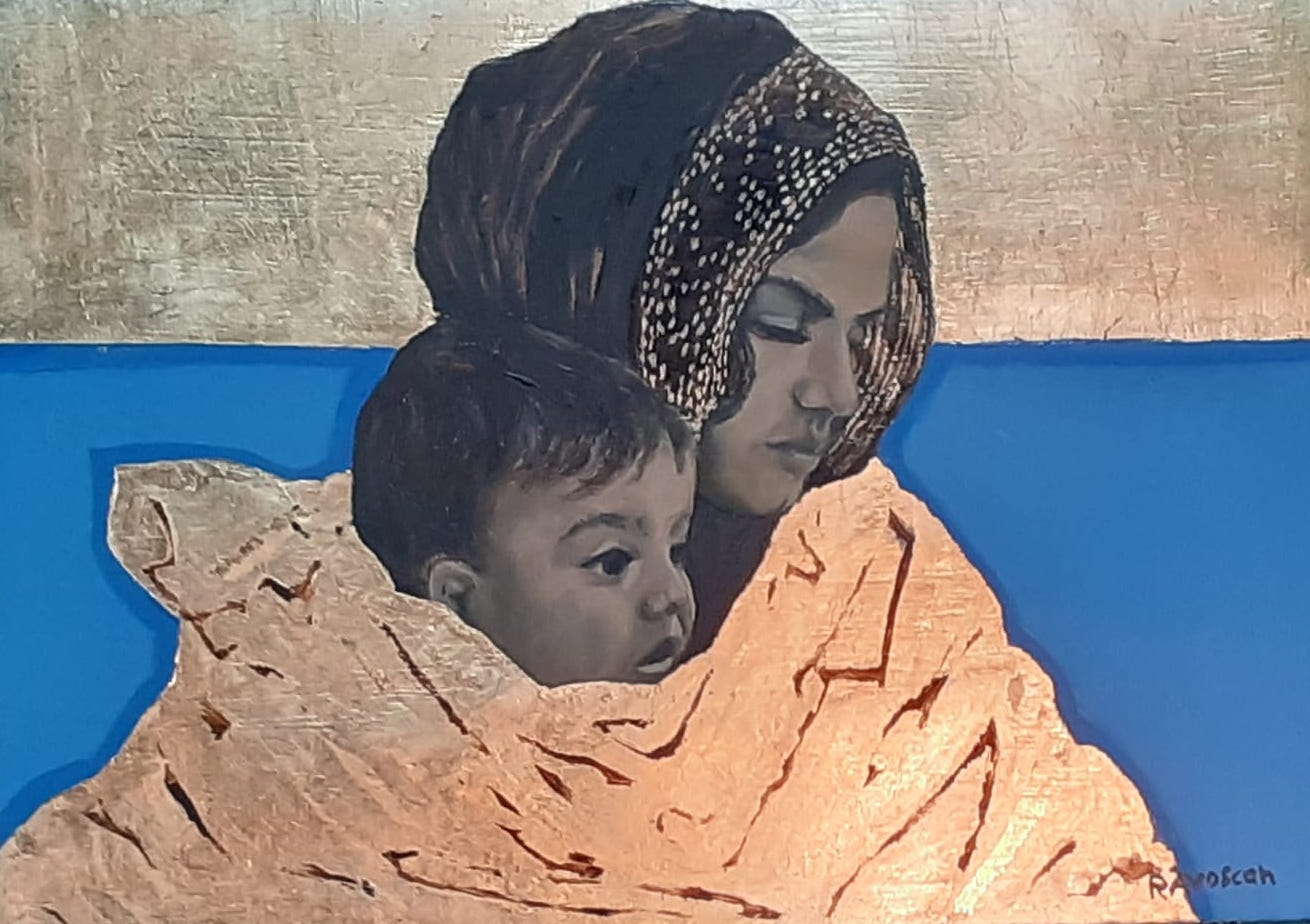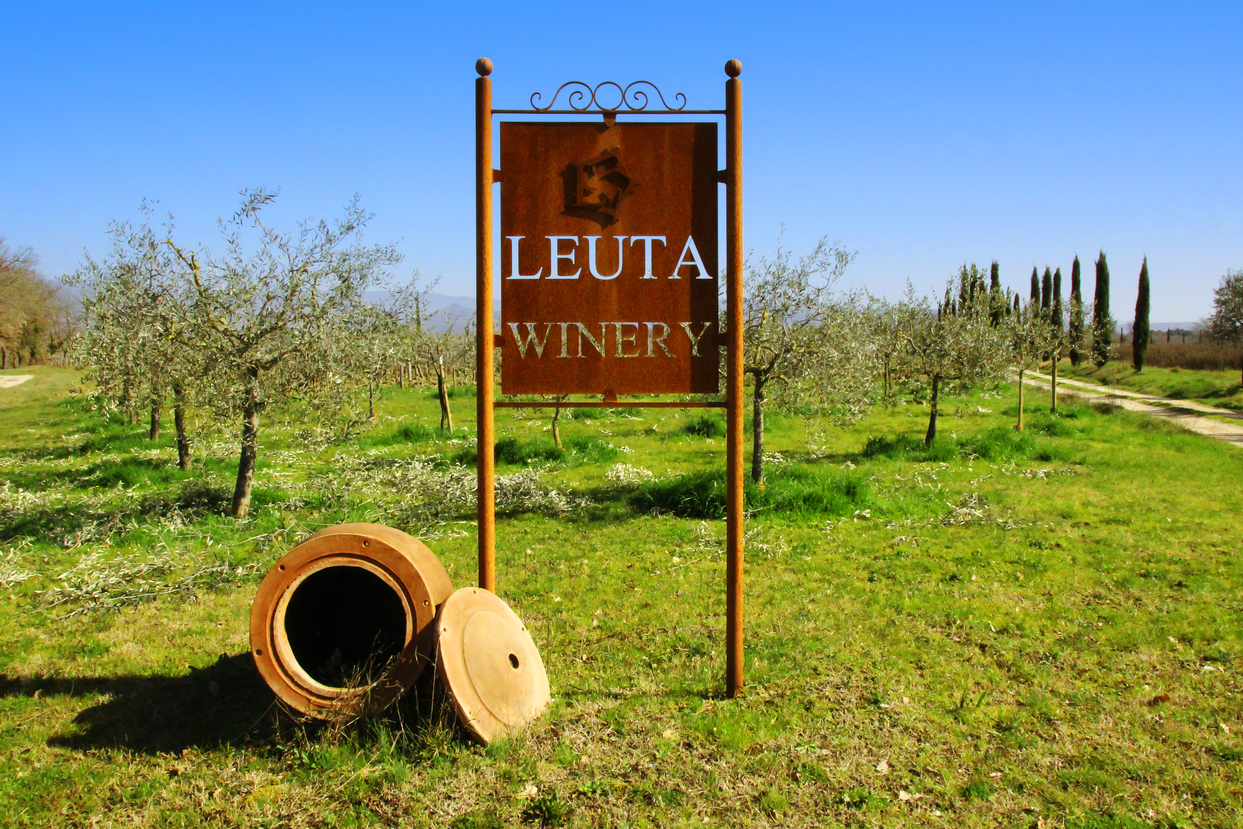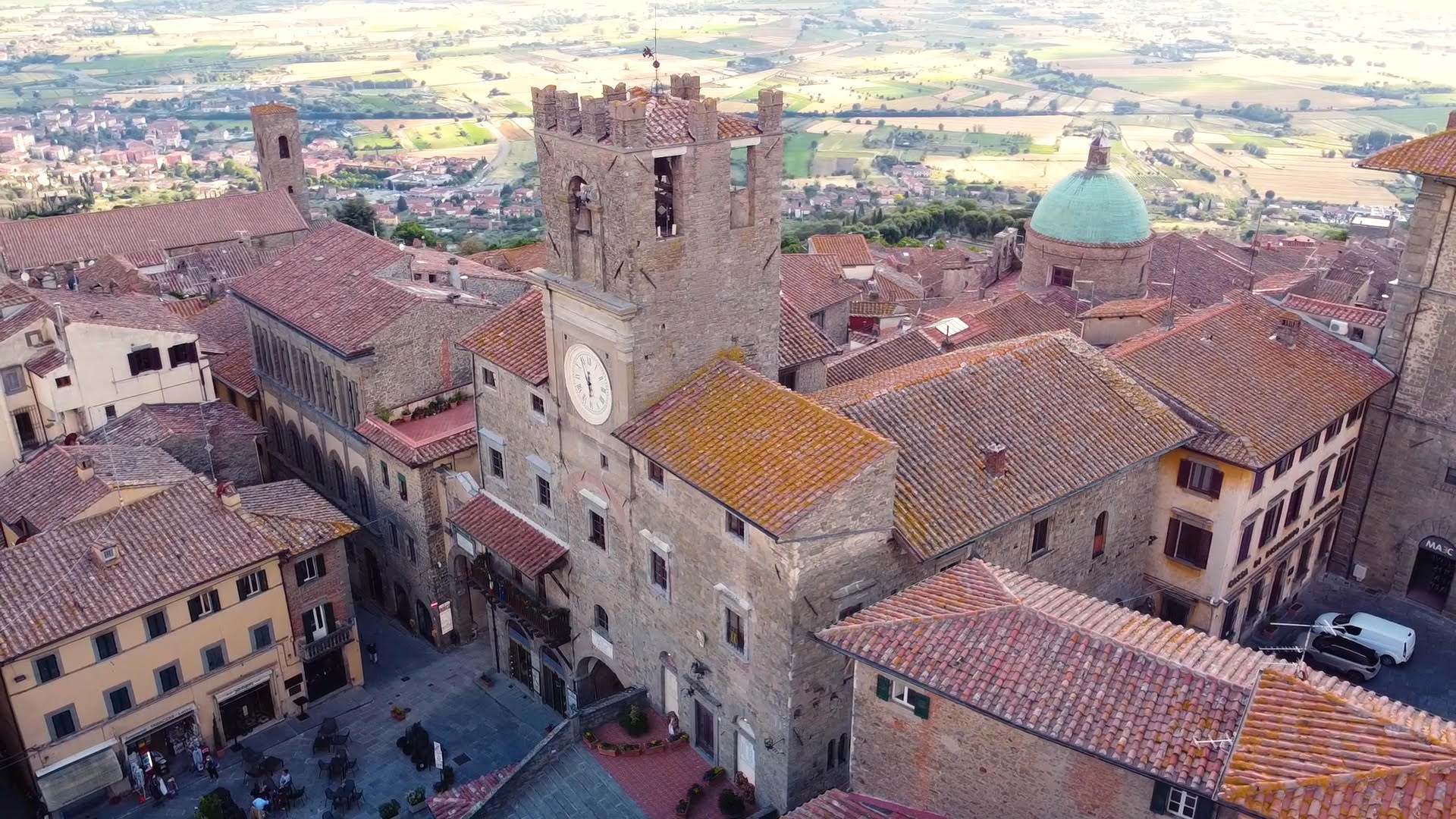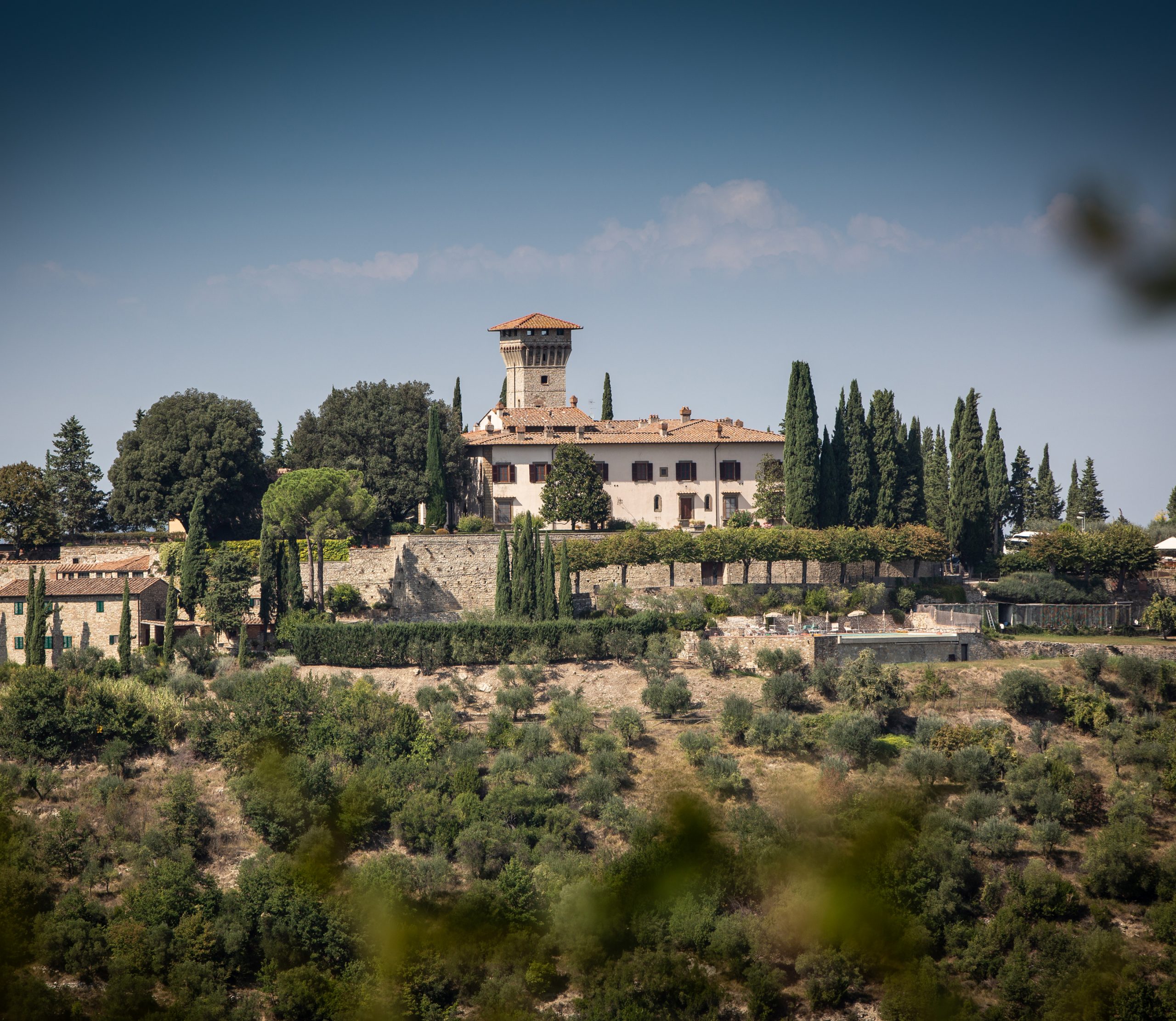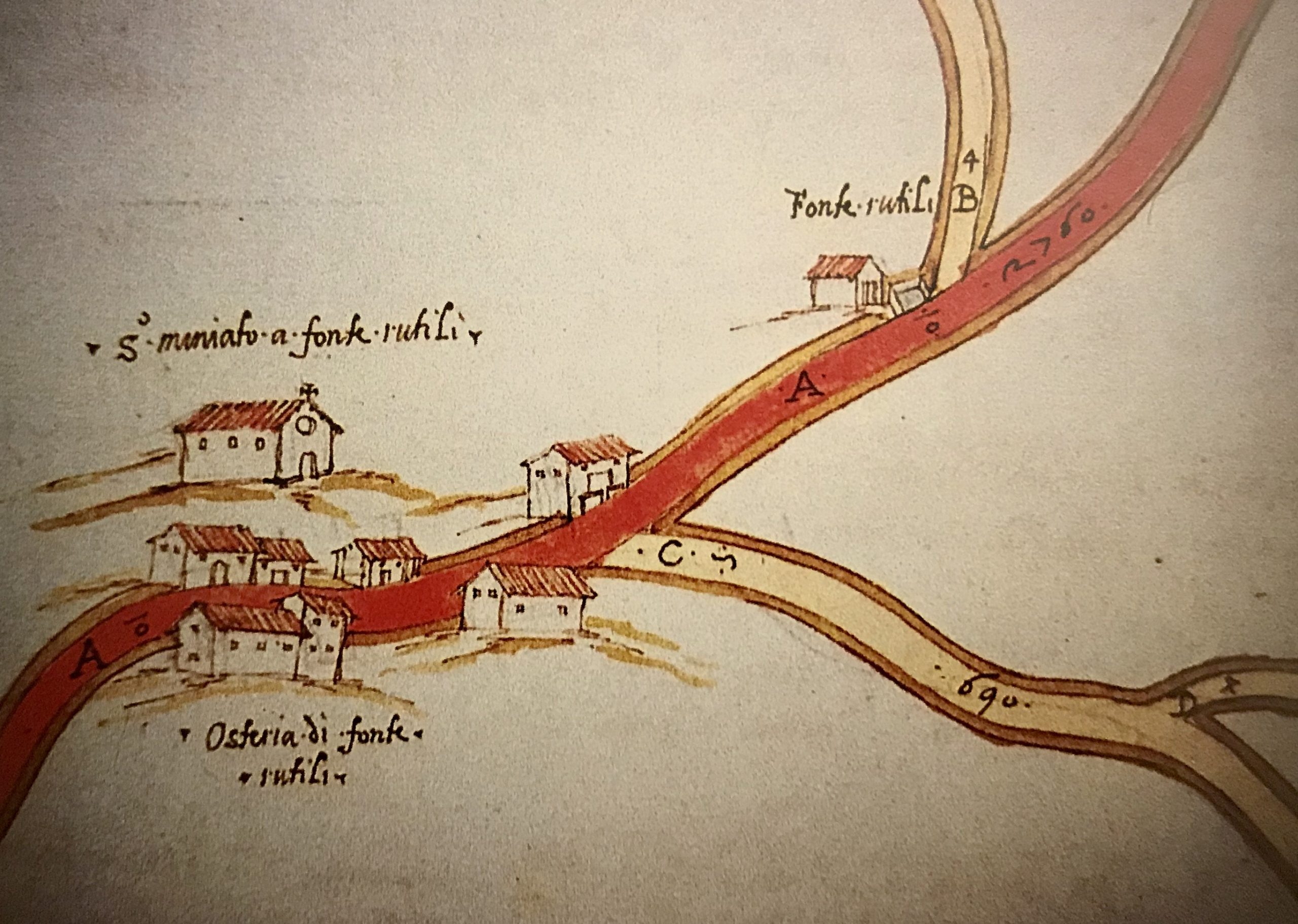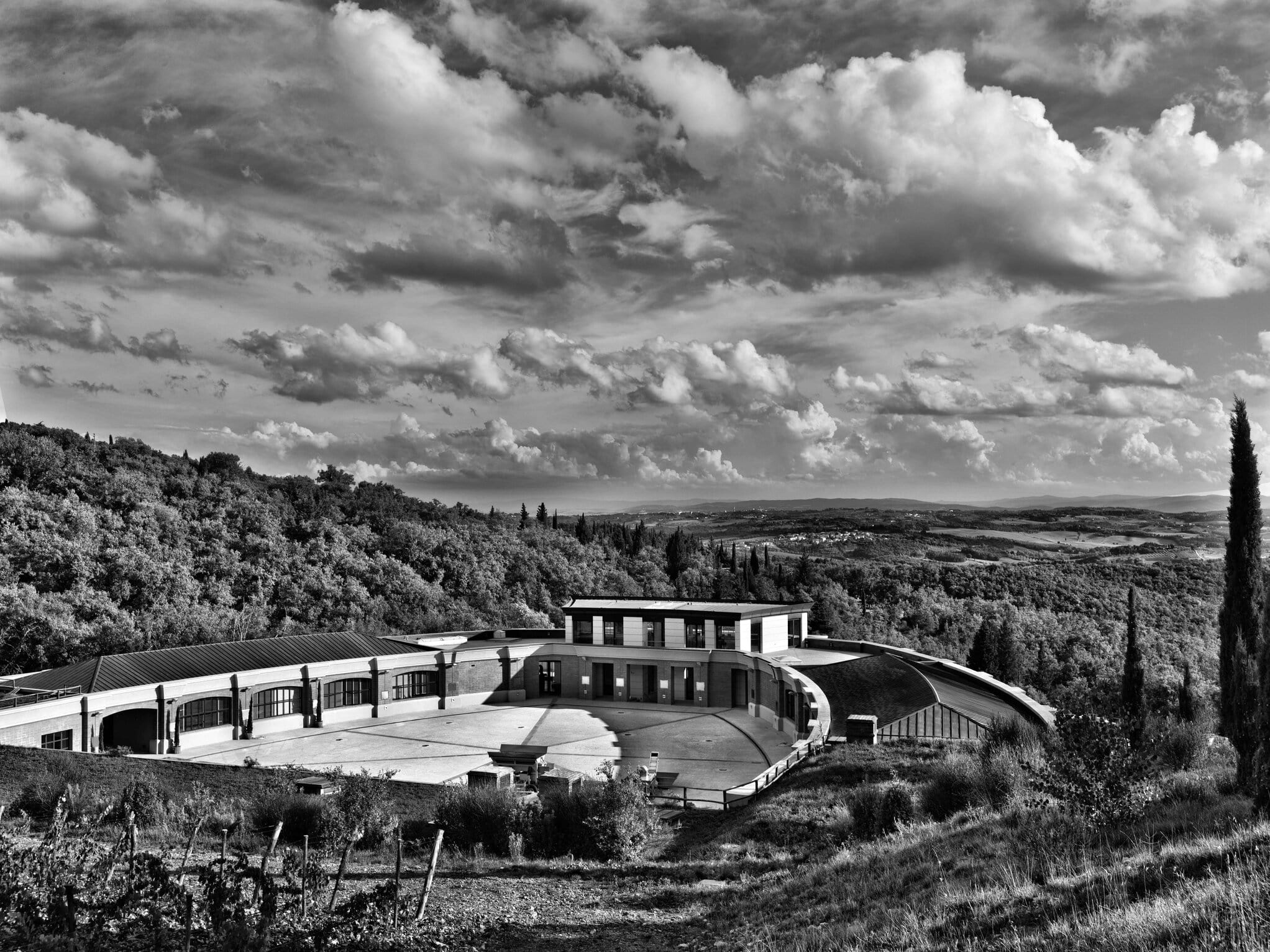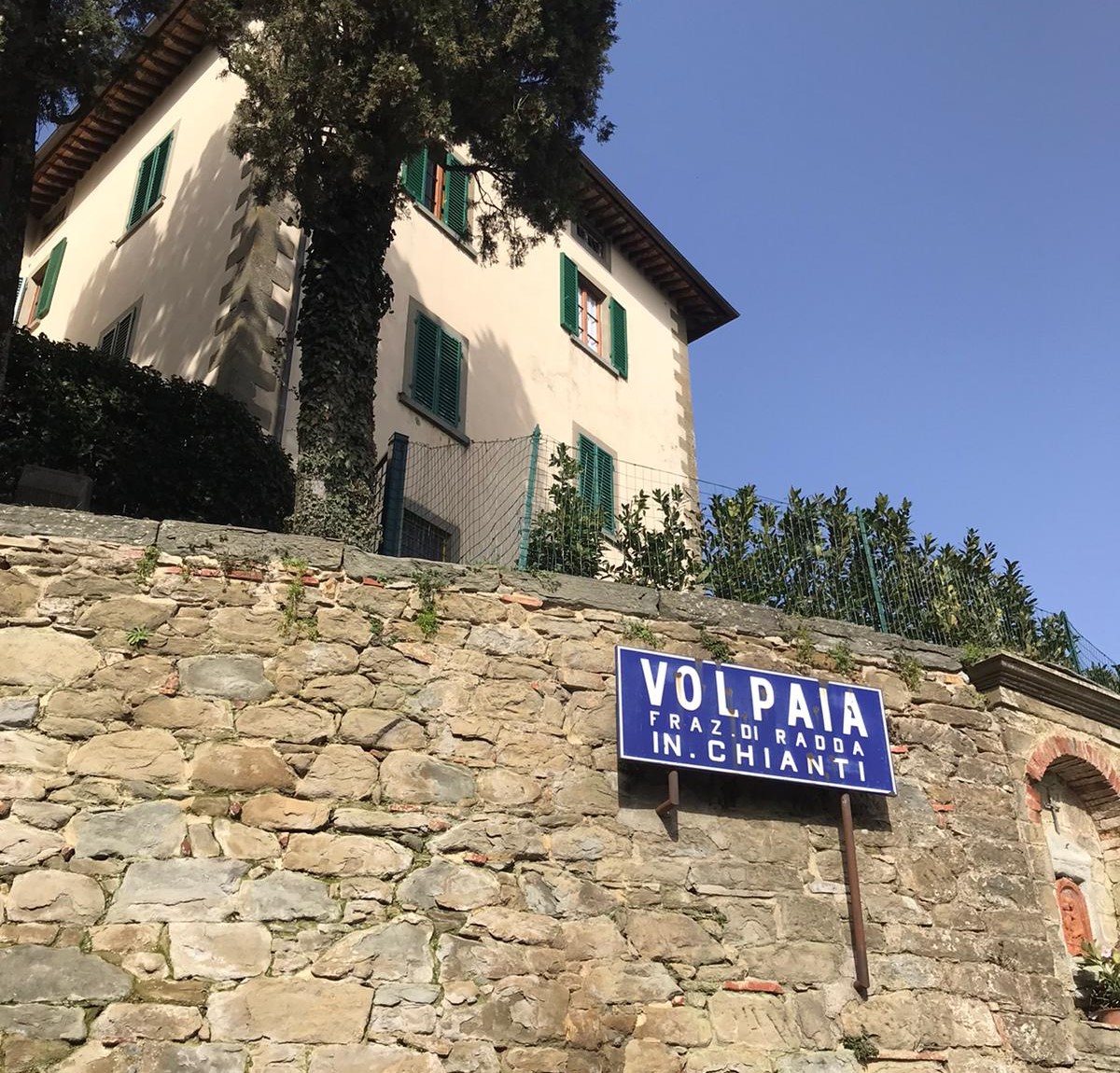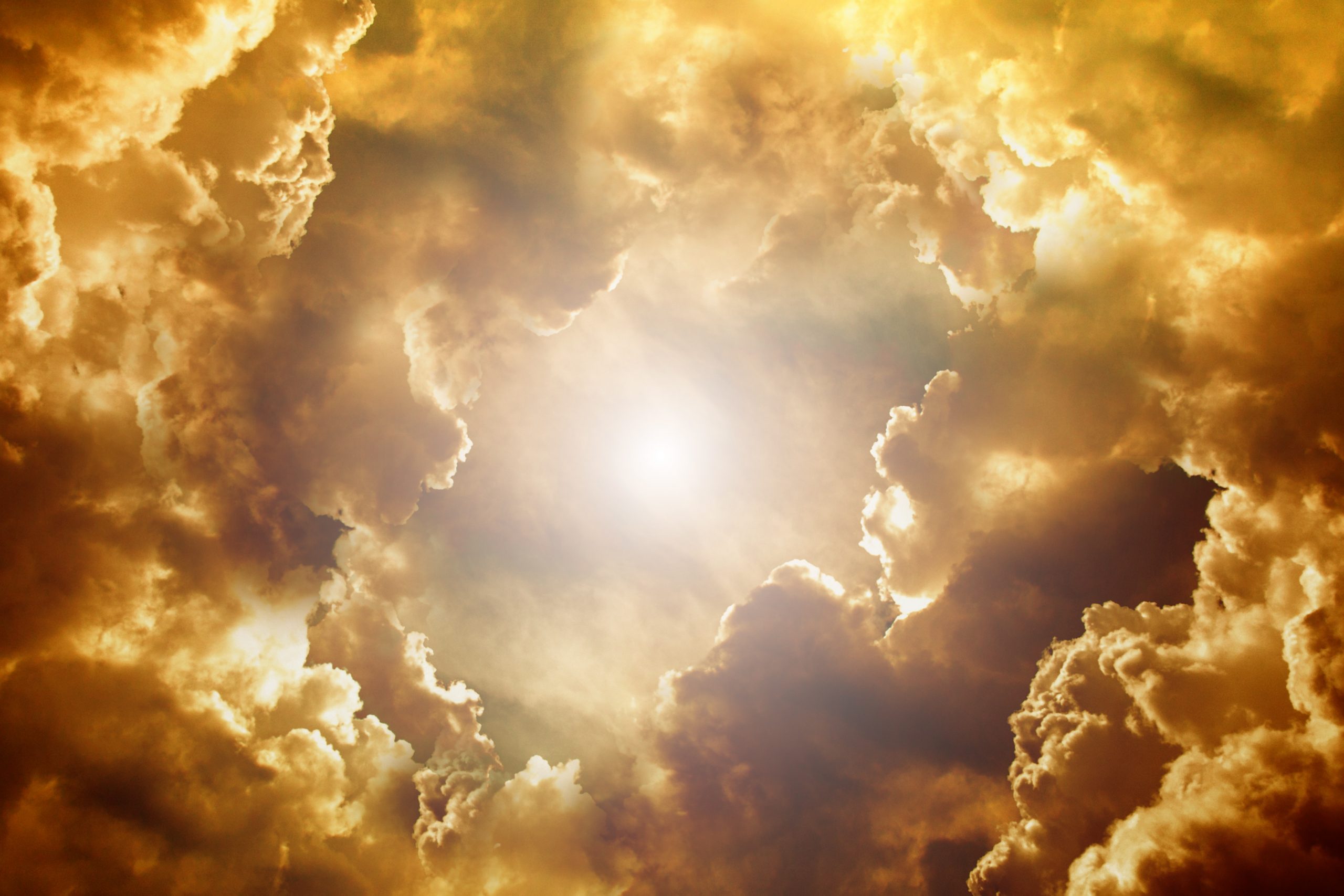The Nature Reserves present in the vallys lend themselves perfectly to this purpose: “The Rognosi mountains with their ophiolites and black pine, the Alpe della Luna with its Sandstone Marl and venerable beech woods, the floodplain of the Tiber, the Alpe di Catenaia and other noteworthy areas have a series of internationally important itineraries and paths passing through them.
read more >Month: April 2021
While the wire and kinetic sculptures of Alexander Calder and the works of Picasso have been stylistic influences, Antonio has a fascination for the animal world and the natural environment. He started his artistic career making abstract sculptures, but today his creatures include familiar beasts, such as wild boar and deer, dogs, and cattle, but also more exotic rhinoceros and crocodiles. His sculptures are often made of found and recycled materials, which led him to the concept of “land art”. For these installations, Antonio finds a spot in the mountains or countryside and constructs a sculpture from the natural materials he finds on the site.
read more >Rosy’s art is particularly attuned to the twin themes of social justice and the plight of refugees fleeing from war-torn countries to find a new life. Her goal is to communicate, educate and change perceptions through her art, and her works demonstrate this compassion and empathy. Her mixed media work “Honorum” expresses just this, and is a personal way of honoring the lives of the many refugee children who have drowned in the Mediterranean Sea.
read more >Leuta produces a variety of different wines, five from single red grape varieties – Sangiovese, Merlot, Syrah, Malbec and Cabernet Franc, Leuta’s signature wine. There are also two very interesting blends, the red IGT “Tau” a blend of Merlot, Cabernet Franc, and Syrah grapes, a single barrel blend, “Nautilus” as well as a special limited edition wine produced just once in 2016 and dedicated to Denis’s grandfather “Cornelius”. Other products include a fine Vinsanto and organic olive oil. A white wine and two kinds of Spumante are also produced from grapes in a second Leuta winery in Denis’s native Trentino, with the help of colleague, biologist Giulio dei Vescovi.
read more >Since this February, the Etruscan city has featured a new high-speed connection with the large cities of Northern Italy. The “Frecciarossa” train allows one to move between Milan and our train station in three hours and this will make visiting the city’s splendors even easier and more comfortable. The health situation is still in a difficult moment, but the city administration, together with cultural and tourism operators, has prepared a program of events to be held with complete safety in mind. There are also a series of packages that foresee the possibility to “find refuge” together with family members in one of the fine accommodation facilities in the area. Cortona is a small center, with a big heart and with a vast and varied territory – from mountains to gentle hills, down to the valley where some of the most interesting gastronomic wonders of Tuscany are produced. Already, starting this Spring, in accordance with actual health conditions, exhibitions will be prepared, and the first events of the season brought into being. The idea of choosing Cortona for your “safe harbor” away from life in the big cities is beginning to gain ground as a lifestyle choice post-Covid 19. Already a significant number of professional people have decided to spend a part of their time here, as they continue remote working.
read more >The Castle has been owned since 1964 by the Matta family, who in the 1980s began in the accommodation business with six apartments inside the castle. Currently there are 16 guestrooms, including those inside the castle and the suites in the rectory. Under the walls we find an enchanting swimming pool with a panoramic view over the valley, a delight for the eyes.
read more >Amongst the great variety of temporal and spiritual potentates that dot the history of Italy, the Holy Roman Emperor Otto III passed through here (remembered by the Edict of Fonterutoli of 998 which put an end to the territorial conflicts of the dioceses of Siena, Arezzo and Fiesole), then Pope Leo X who left Rome and stopped in Castellina to meet the freshly nominated King of France in 1515; here came the Guelph troops who came down from Florence for the Battle of Montaperti (4 September 1260) and were soundly defeated; an earthquake for the European geopolitical scenario in favour of the Empire and the Republic of Siena. We also remember how Filippo Brunelleschi passed here to remodel the fortresses of Castellina, Staggia and Rencine. We also recall, for various reasons, various famous personalities who were here for work or residence, such as Niccolò Machiavelli, Jacopo della Quercia, Lisa Gherardini and Michelangelo Buonarroti.
read more >The wine cellar visit is structured as a ‘wine experience’: technical, emotive, sophisticated. The goal is to experience it without predefined paths, passing through the vinification, the vat, the concept of working with gravitational flow. Finally, the curtain opens on the barriccaia, a theatrical scenography with details that condense into a refined show.
read more >Volpaia currently has 33 inhabitants and 4 restaurants: the properties have now been reunited in large part by the Mascheroni Stianti family. In addition to the prestigious winery there is also a farmhouse, a restaurant and a bakery. The vegetables that arrive on the Castle’s tables come from half a hectare of a strictly organic vegetable garden. In fact, since 2000, the Volpaia winery too has been certified as organic.
The winery extends within the village buildings, connected by an engineering masterpiece: an underground wine pipeline, which goes under the streets of the town.
In his mythopoiesis of ‘Goodness’ and ‘Justice’, Plato affirms the primacy of Goodness over other ideas, comparing it to the sun: “As in the visible sphere, the light of the sun and vision can correctly be considered similar to the sun, but it is not correct to assume that they are the sun, so in this other sphere it is correct to assume that ‘truth’ (ἀλήθεια) and ‘science’ (ἐπιστήμη) are both similar to Goodness, but it would be incorrect to think that one or the other of them are Goodness: the condition of Goodness is due the highest honour” (Republic, 509a).
read more >
